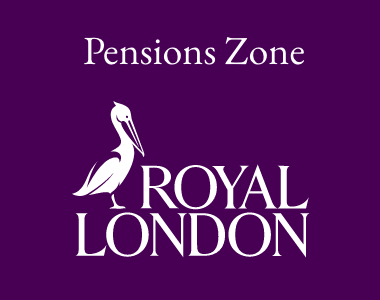For paraplanners considering what action to take when a chargeable event happens for an onshore or offshore bond, Julia Peake, Technical Manager, Nucleus, examines the role of top slicing to help reduce the tax burden.
Chargeable events occur when certain actions or events happen and the policyholders of onshore or offshore bonds could incur an income tax charge. Those events would be:
- Death, giving rise to a benefit
- Assignment for money or money’s worth
- Maturity
- Adding or removing a life assured post policy inception
- Excess partial surrenders
- Full surrender
However, depending on the circumstances, there are tax reliefs such as top slicing, which may reduce the tax payable upon a chargeable event gain.
How does Top slicing work?
Top slicing can be used where chargeable gain takes the investor into another tax band. It works by spreading the gain over the number of complete policy years to reduce the tax payable, and using the full gain to assess effect on:
- Personal allowance
- Personal savings allowance
- Child benefit
- Student loans
To work out the top slicing relief there are certain steps you should look to take:
- Calculate total taxable income for year and check effects on:
- Personal allowance
- Starting rate for savings band
- Personal savings allowance
- Calculate total tax due on gain across all tax bands.
- Assuming gain forms the highest part of income. Deduct basic rate tax.
- Calculate top-slice of gain.
- Calculate individual’s liability to tax on top-slice.
- Personal allowance, personal savings allowance and starting rate band for savings income is recalculated.
- Deduct basic rate tax.
- Calculate the top-slice relief = deduct step 4 from step 2.
For further information please see: https://www.gov.uk/hmrc-internal-manuals/insurance-policyholder-taxation-manual/iptm3840
For step 1, the whole gain and other income are added together to get the client’s total income figure. This is then used to determine the client’s Personal Allowance, Personal Savings Allowance and Starting Rate for Savings Band availability in the main income tax calculation.
- Personal allowance (PA) is reduced by £1 for every £2 of income over £100,000, so if the sum of the whole gains and income is more than £125,140, the personal allowance will be lost altogether.
- The starting rate for savings band (SRSB) of £5,000 can be applied to bond gains but is reduced by £1 for every £1 of non-savings income above the personal allowance. There’s a knock on effect if the PA is lost, if the PA is £0 and non-savings income is more than £5,000 then the SRSB will also be reduced to nil.
- In addition the Personal Savings Allowance (PSA) is applied to savings income and is £1,000 for basic rate taxpayers, £500 for higher rate taxpayers. Additional rate taxpayers don’t get any PSA. If the sum of the whole gains and income is more than £125,140 the client will be an additional rate taxpayer for the year.
You have to consider the order of taxation in relation to dividends, savings and bond gains, and the allowances. Savings interest is set against the allowances (PSA, SRSB) before bond gains. Where you have bonds gains and dividend income, the dividends sit in a different position in the main income tax calculation depending on whether the bond is offshore or onshore.
Offshore bonds sit before the dividends, onshore bonds sit after. If the dividends are within the dividend allowance, they won’t be taxable in themselves, but will use up the part of the tax band they sit in. If they are more than the £500 dividend allowance, then the excess is taxed at the rate of the band it sits in, so you have to look at the bigger picture of the impact of the bond gain on other income as well as the tax on the gain itself.
For top slicing purposes the bond gain is always the highest slice of income, whether it’s onshore or offshore. This means that for the top slice calculation, dividend income would come before offshore bond gains but actually taxed after for the income tax calculation.
If the personal allowance, starting rate for savings band and personal savings allowance are lost in step 1 then it can be reinstated at Step 4 of the top slicing calculation, see IPTM3820 – Top slicing relief: general – HMRC internal manual – GOV.UK (www.gov.uk). So although the full slice may sit in the basic rate band, the relief given in the top slicing may not be what is expected.
For further information and examples please see: IPTM3850 – Top slicing relief: examples – HMRC internal manual – GOV.UK
Main image: annie-spratt-6SHd7Q-l1UQ-unsplash




























